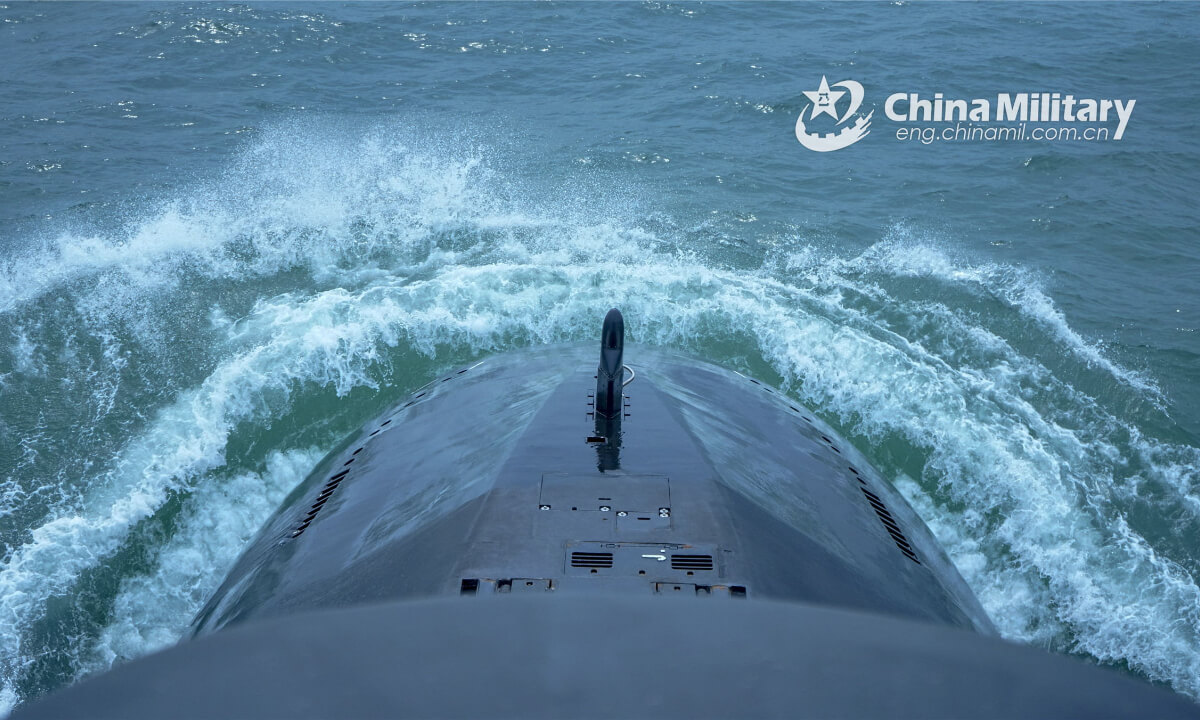China claims to have developed and tested an underwater communication technology that enables drones and submarines to remain connected over more than 30,000 sq kilometers.
The South China Sea served as the testing ground for the technology. According to the reports, the listening instrument picked up sound signals from 105km away at a depth of 200 meters during a field test in an essential passageway for submarines.
The latest experiment’s findings demonstrated the new technology’s usefulness and good performance in extending the range and effectiveness of underwater communication.
The data transfer rate was close to 200 bits per second (bps). This is comparable to the bandwidth of very low-frequency radio related to nuclear submarines by a naval command utilizing the largest land-based antennae in the world.
The researchers claimed that the encrypted messages were error-free despite loud background noises. This could be viewed as an important innovation because, when utilizing commercially available technology, the audio transmission of this speed and quality is frequently restricted to a range of less than 10 kilometers.
In 2021, South Korean researchers used British hydrophones to establish a transmission rate of 128bps over a distance of 20km in an experiment.
In 2017, researchers from Fudan University in Shanghai conducted an underwater experiment that achieved 1 gigabit per second over a distance of 63 meters (206 feet), setting a new record for China.

Low-frequency sound can transmit hundreds or even thousands of kilometers in the ocean, but detecting these signals and extracting useful information can be challenging.
When sound waves pass through streams or hit an ocean mountain, they can spread out in various directions and at various rates. As the signal travels farther, it becomes distorted and weaker when it reaches the receiver.
In a paper that was published in the domestic peer-reviewed journal Acta Acustica on September 6, project lead scientist professor Liu Songzuo of Harbin Engineering University explained the effectiveness of the technology, the Chinese report added.
Harbin Engineering University is one of the Chinese institutions sanctioned by the US government.
The experiment was carried out by Chinese scientists on a 3,800-meter deep sea floor between the Taiwan-controlled Dongsha Islands, known in Taiwan as Pratas, and the highly contested Paracel Islands, known in mainland China as Xisha.
According to some military experts, the area served as a crucial route for submarines entering and exiting the waters near China.
Steps Taken By Chinese Team
It is no secret that China has been utilizing unmanned surface vehicles and underwater vessels to monitor the area and gather intelligence on a regular basis. The widespread use of drones gives Beijing a significant military advantage, allowing it to covertly collect hydrographic data in the territorial waters of neighboring nations.
China also has plans to build a deep-sea station in the South China Sea that will be operational for robotic drone docking and recharging in the coming years. In June, the country also launched the first crewless drone carrier in the world, which utilizes AI to find its way on its own in open water.
The latest report also noted that the country is also developing drones fueled by disposable nuclear reactors that are capable of long-distance travel in swarm formation, as well as smart weaponry that can be hidden under the water and detonated during a conflict.
According to experts involved in the programs, these AI-driven machines need to communicate constantly to share intelligence, plan routes, or coordinate an attack.
The experiment was carried out on a stormy day, with waves crashing against the research ship and a strong sea current pulling the hydrophone array away from the ideal listening position. There was rugged topography beneath the sea with cliffs and gorges that could absorb, deflect, and distort the sound waves.
The Chinese media report noted that more than 70% of the sensors were unable to detect anything in such a difficult environment. The signals picked up by the few sensors were barely a few decibels strong or quieter than a breath.
These signals were generally drowned out by high background noise created by natural and human-made activity in the ocean. To address these issues, the team apparently devised a new communication protocol.
Inspired by mobile phone communications, the technique could package the signal into many discrete but connected parts and broadcast them as sound waves in all directions. Some of these waves could be picked up by the receiver from different directions and at different times.
An algorithm assisted the receiver in identifying these waves and reconstructing the entire message using random bits of the acquired data. The mathematical model used in this study was constructed and assessed using real-world data obtained from the South China Sea to improve its performance in the region.
- Contact the author at ashishmichel@gmail.com
- Follow EurAsian Times on Google News